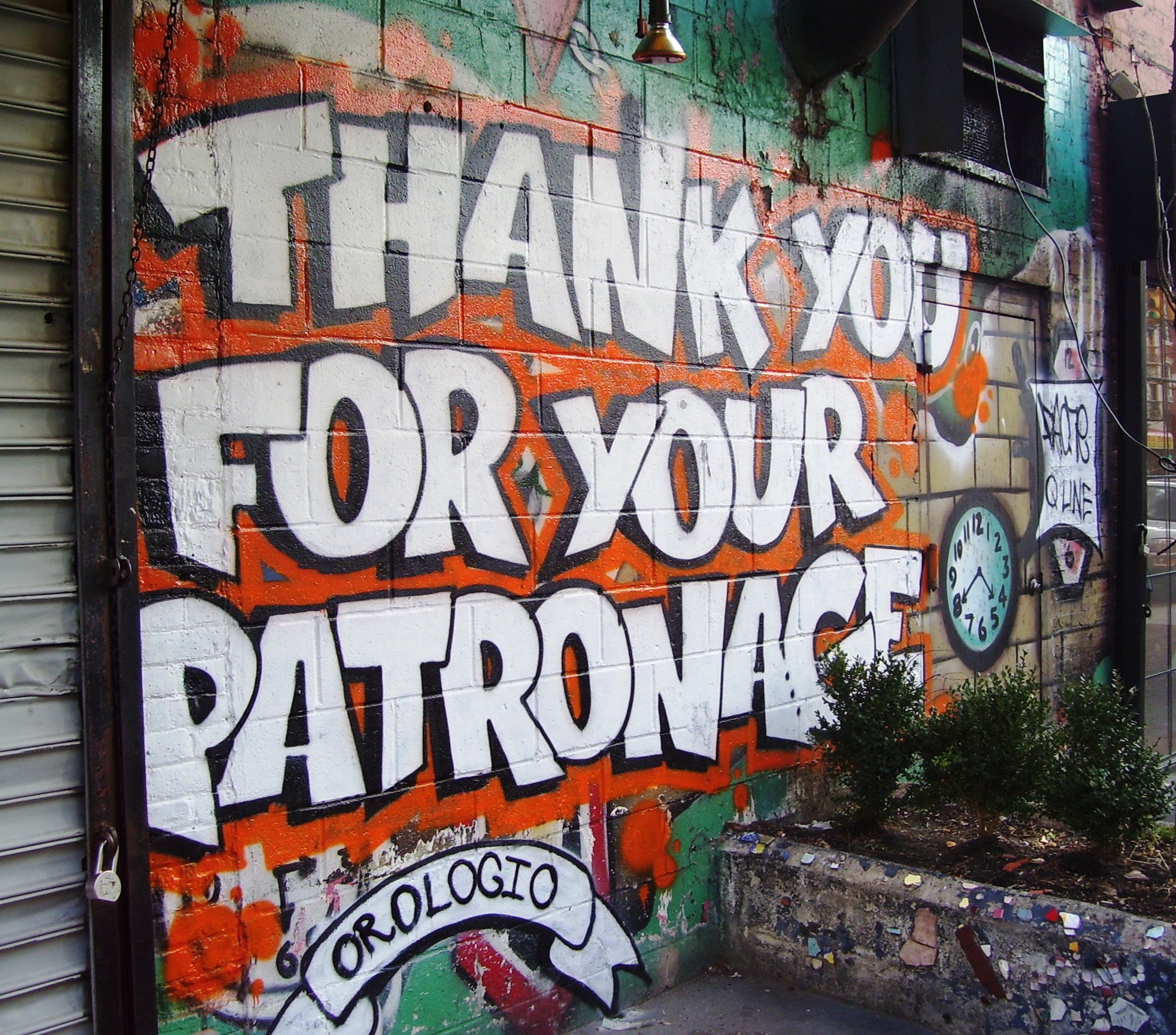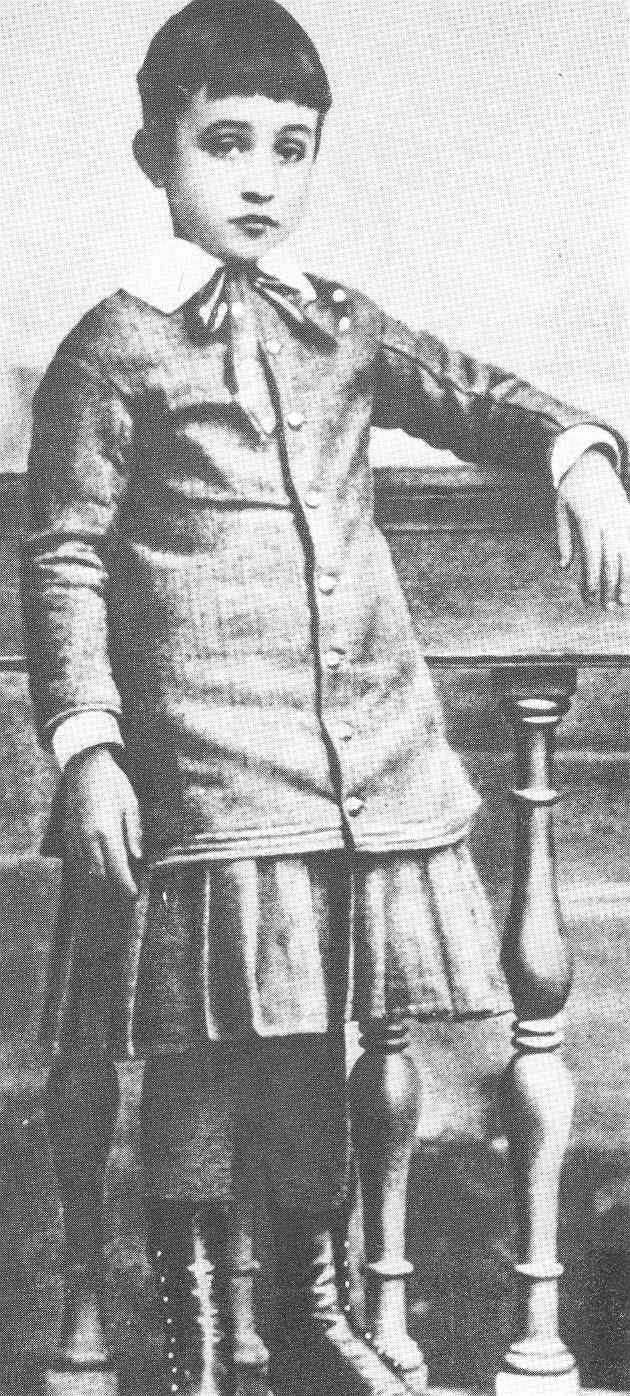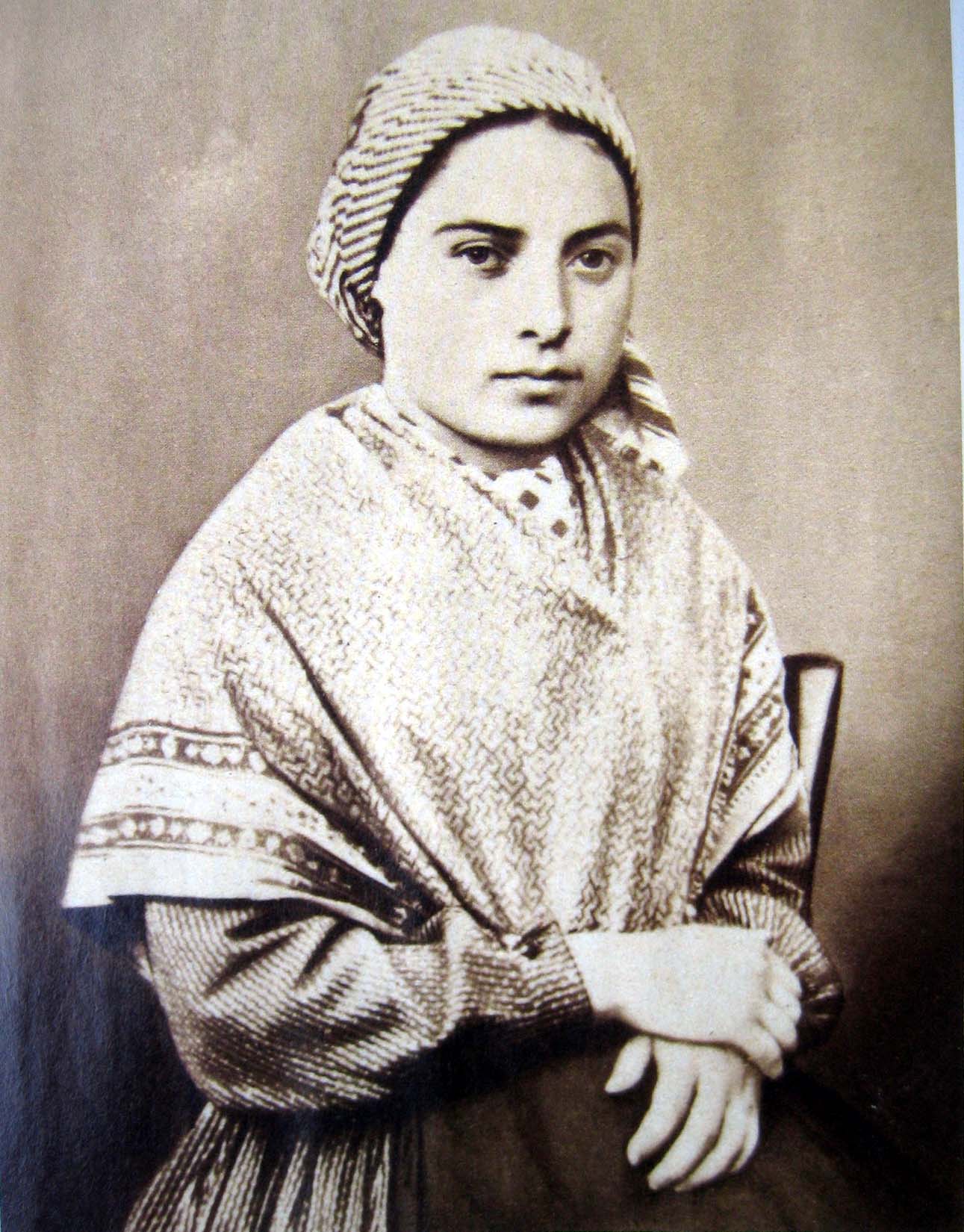|
Basilica Of Our Lady Of Lanka
The Basilica of Our Lady of Lanka (; ) is a Roman Catholic basilica in Tewatte, Sri Lanka. Being thus in a somewhat distant suburb of Colombo, it comes under the purview of the Roman Catholic Archdiocese of Colombo and is a site of pilgrimage for Sri Lankan Catholics. The church is home to the venerated statue of Our Lady of Lanka. History Our Lady of Lanka started its life in 1911 as a small chapel dedicated to Our Lady of Lourdes (Mary Immaculate), France. It was built by a local pastor Fr. A. Kieger and a few Catholic laymen, as a part of the parish of Ragama at that time. In 1917 another pastor, Fr. A. Collorec had a grotto built for Our Lady of Lourdes, with the assistance of Catholic workers from Colombo. The growing popularity of the chapel led to the chapel being expanded into a church in the 1930s. However, its true rise to fame occurred due to the former Archbishop of Colombo, Jean-Marie Masson. During the outbreak of the Second World War, Archbishop Masson made a vow ... [...More Info...] [...Related Items...] OR: [Wikipedia] [Google] [Baidu] |
Ragama
Ragama ( ) is a suburb of Gampaha, located in the Gampaha District, Western Province, Sri Lanka. It is governed by the Ja-Ela Divisional Secretariat. History In July 1874 a rail line, known as the Breakwater line, was opened connecting the Harbour Works Quarry at Ragama to the Colombo Harbour breakwater (structure), breakwater, in order to enable stone to be transported to the harbor to construct the breakwater. Stone from a second quarry at Ragama was then used to stabilise the Coastal line (Sri Lanka), Coastal line where it ran on the edge of the beach. On 8 January 1901 the United Kingdom, British War Office established a Prisoner-of-war camp#Boer Wars, prisoner-of-war camp in Ragama to house Boer prisoners captured in the Second Boer War. The prisoners at Ragama were primarily dissidents, foreign volunteers and irreconcilables who refused to sign an oath of allegiance to the British Crown, and were transferred from the main camp at Diyatalawa. Ragama served as the main obs ... [...More Info...] [...Related Items...] OR: [Wikipedia] [Google] [Baidu] |
Colombo
Colombo, ( ; , ; , ), is the executive and judicial capital and largest city of Sri Lanka by population. The Colombo metropolitan area is estimated to have a population of 5.6 million, and 752,993 within the municipal limits. It is the financial centre of the island and a tourist destination. It is located on the west coast of the island and adjacent to the Greater Colombo area which includes Sri Jayawardenepura Kotte, the legislative capital of Sri Lanka, and Dehiwala-Mount Lavinia. Colombo is often referred to as the capital since Sri Jayawardenepura Kotte is situated within the Colombo metro area. It is also the administrative capital of the Western Province and the district capital of Colombo District. Colombo is a busy and vibrant city with a mixture of modern life, colonial buildings and monuments. It was made the capital of the island when Sri Lanka was ceded to the British Empire in 1815, retaining its capital status when Sri Lanka gained independence in 19 ... [...More Info...] [...Related Items...] OR: [Wikipedia] [Google] [Baidu] |
Patroness
Patronage is the support, encouragement, privilege, or financial aid that an organization or individual bestows on another. In the history of art, art patronage refers to the support that princes, popes, and other wealthy and influential people have provided to artists such as musicians, painters, and sculptors. It can also refer to the right of bestowing offices or church benefices, the business given to a store by a regular customer, and the guardianship of saints. The word ''patron'' derives from the Latin ('patron'), one who gives benefits to his clients (see patronage in ancient Rome). In some countries, the term is used to describe political patronage or patronal politics, which is the use of state resources to reward individuals for their electoral support. Some patronage systems are legal, as in the Canadian tradition of the prime minister appointing senators and the heads of a number of commissions and agencies; in many cases, these appointments go to people who have ... [...More Info...] [...Related Items...] OR: [Wikipedia] [Google] [Baidu] |
Thomas Cooray
Thomas Benjamin Cooray (Sinhala language: තෝමස් බෙන්ජමින් කුරේ), O.M.I. (28 December 1901 – 29 October 1988) was a Sri Lankan cardinal of the Roman Catholic Church who served as the Archbishop of Colombo from 1947 to 1976. Pope Paul VI made him a cardinal in 1965. His cause of canonization commenced in 2010 and he has been bestowed with the title of Servant of God. Biography Early life and priesthood Thomas Benjamin Cooray was born to a poor but religious family in Negombo, and attended St. Aloysius Seminary in Borella, and St. Joseph's College and University College in Colombo (University of London) before going to Rome, where he studied at the Pontifical University of St. Thomas Aquinas (Angelicum), obtaining a doctorate in philosophy ''summa cum laude''. After entering the Oblates of Mary Immaculate, he was ordained to the priesthood on June 23, 1929. Finishing his Roman studies in 1931, he then did pastoral work in Colombo until ... [...More Info...] [...Related Items...] OR: [Wikipedia] [Google] [Baidu] |
Pius XII
Pope Pius XII (; born Eugenio Maria Giuseppe Giovanni Pacelli; 2 March 18769 October 1958) was the head of the Catholic Church and sovereign of the Vatican City State from 2 March 1939 until his death on 9 October 1958. He is the most recent pope to take the pontifical name "Pius". The papacy of Pius XII was long, even by modern standards; it lasted almost 20 years, and spanned a consequential fifth of the 20th century. Pius was a diplomat pope during the destruction wrought by the Second World War, the recovery and rebuilding which followed, the beginning of the Cold War, and the early building of a new international geopolitical order, which aimed to protect human rights and maintain global peace through the establishment of international rules and institutions (such as the United Nations). Born, raised, educated, ordained, and resident for most of his life in Rome, his work in the Roman Curia—as a priest, then bishop, then cardinal—was extensive. He served as secreta ... [...More Info...] [...Related Items...] OR: [Wikipedia] [Google] [Baidu] |
Warfare
War is an armed conflict between the armed forces of State (polity), states, or between governmental forces and armed groups that are organized under a certain command structure and have the capacity to sustain military operations, or between such organized groups. It is generally characterized by widespread violence, destruction, and mortality, using Regular army, regular or Irregular military, irregular Military, military forces. ''Warfare'' refers to the common activities and characteristics of types of war, or of wars in general. Total war is warfare that is not restricted to purely legitimate military targets, and can result in massive Civilian casualty, civilian or other non-combatant suffering and Casualty (person), casualties. Etymology The English word ''war'' derives from the 11th-century Old English words and , from Old French ( as in modern French), in turn from the Frankish language, Frankish , ultimately deriving from the Proto-Germanic language, Proto-Ge ... [...More Info...] [...Related Items...] OR: [Wikipedia] [Google] [Baidu] |
Ceylon
Sri Lanka, officially the Democratic Socialist Republic of Sri Lanka, also known historically as Ceylon, is an island country in South Asia. It lies in the Indian Ocean, southwest of the Bay of Bengal, separated from the Indian subcontinent, Indian peninsula by the Gulf of Mannar and the Palk Strait. It shares a maritime border with the Maldives in the southwest and India in the northwest. Sri Jayawardenepura Kotte is the legislative capital of Sri Lanka, while the largest city, Colombo, is the administrative and judicial capital which is the nation's political, financial and cultural centre. Kandy is the second-largest urban area and also the capital of the last native kingdom of Sri Lanka. The most spoken language Sinhala language, Sinhala, is spoken by the majority of the population (approximately 17 million). Tamil language, Tamil is also spoken by approximately five million people, making it the second most-spoken language in Sri Lanka. Sri Lanka has a population of appr ... [...More Info...] [...Related Items...] OR: [Wikipedia] [Google] [Baidu] |
World War II
World War II or the Second World War (1 September 1939 – 2 September 1945) was a World war, global conflict between two coalitions: the Allies of World War II, Allies and the Axis powers. World War II by country, Nearly all of the world's countries participated, with many nations mobilising all resources in pursuit of total war. Tanks in World War II, Tanks and Air warfare of World War II, aircraft played major roles, enabling the strategic bombing of cities and delivery of the Atomic bombings of Hiroshima and Nagasaki, first and only nuclear weapons ever used in war. World War II is the List of wars by death toll, deadliest conflict in history, causing World War II casualties, the death of 70 to 85 million people, more than half of whom were civilians. Millions died in genocides, including the Holocaust, and by massacres, starvation, and disease. After the Allied victory, Allied-occupied Germany, Germany, Allied-occupied Austria, Austria, Occupation of Japan, Japan, a ... [...More Info...] [...Related Items...] OR: [Wikipedia] [Google] [Baidu] |
Grotto
A grotto or grot is a natural or artificial cave or covered recess. Naturally occurring grottoes are often small caves near water that are usually flooded or often flooded at high tide. Sometimes, artificial grottoes are used as garden features. The '' Grotta Azzurra'' at Capri and the grotto at Tiberius' Villa Jovis in the Bay of Naples are examples of popular natural seashore grottoes. Etymology The word ''grotto'' comes from Italian ''grotta'', Vulgar Latin ''grupta'', and Latin ''crypta'' ("a crypt"). It is also related by a historical accident to the word ''grotesque''. In the late 15th century, Romans accidentally unearthed Nero's '' Domus Aurea'' on the Palatine Hill—a series of rooms, decorated with designs of garlands, slender architectural framework, foliage, and animals. The rooms had sunk underground over time. The Romans who discovered this historical monument found it very strange, partly because it was uncovered from an "underworld" source. This led ... [...More Info...] [...Related Items...] OR: [Wikipedia] [Google] [Baidu] |
Layman
In religious organizations, the laity () — individually a layperson, layman or laywoman — consists of all members who are not part of the clergy, usually including any non-ordained members of religious orders, e.g. a nun or a lay brother. In secular usage, by extension, a layperson is a person who is not qualified in a given profession or is not an expert in a particular field. The phrase " layman's terms" is used to refer to plain language that is understandable to the everyday person, as opposed to specialised terminology understood only by a professional. Terms such as ''lay priest'', ''lay clergy'' and ''lay nun'' were once used in certain Buddhist cultures, especially Japanese, to indicate ordained persons who continued to live in the wider community instead of retiring to a monastery. Some Christian churches utilise lay preachers, who preach but are not clergy. The Church of Jesus Christ of Latter-day Saints uses the term ''lay priesthood'' to emphasise that its lo ... [...More Info...] [...Related Items...] OR: [Wikipedia] [Google] [Baidu] |
France
France, officially the French Republic, is a country located primarily in Western Europe. Overseas France, Its overseas regions and territories include French Guiana in South America, Saint Pierre and Miquelon in the Atlantic Ocean#North Atlantic, North Atlantic, the French West Indies, and List of islands of France, many islands in Oceania and the Indian Ocean, giving it Exclusive economic zone of France, one of the largest discontiguous exclusive economic zones in the world. Metropolitan France shares borders with Belgium and Luxembourg to the north; Germany to the northeast; Switzerland to the east; Italy and Monaco to the southeast; Andorra and Spain to the south; and a maritime border with the United Kingdom to the northwest. Its metropolitan area extends from the Rhine to the Atlantic Ocean and from the Mediterranean Sea to the English Channel and the North Sea. Its Regions of France, eighteen integral regions—five of which are overseas—span a combined area of and hav ... [...More Info...] [...Related Items...] OR: [Wikipedia] [Google] [Baidu] |
Our Lady Of Lourdes
Our Lady of Lourdes (; ) is one the Marian devotions, devotional names or titles under which the Catholic Church venerates the Mary, mother of Jesus, Virgin Mary. The name commemorates a series of Lourdes apparitions, 18 apparitions reported by a 14-year-old girl, Bernadette Soubirous, in Lourdes, France in 1858. After the first reported apparition on 11 February 1858, Bernadette told her mother that a "Lady" had spoken to her in the cave of Massabielle ( from the town) while Bernadette, her sister, and a friend were gathering firewood. Bernadette reported similar apparitions of the "Lady" over the ensuing weeks, in the last of which the "Lady" identified herself as "the Immaculate Conception". On 18 January 1862, the local Bishop of Tarbes Bertrand-Sévère Laurence endorsed the veneration of the Blessed Virgin Mary (Roman Catholic), Blessed Virgin Mary in Lourdes. On 1 February 1876, Pope Pius IX officially granted a decree of canonical coronation to the image as ''Notre-Dame d ... [...More Info...] [...Related Items...] OR: [Wikipedia] [Google] [Baidu] |






